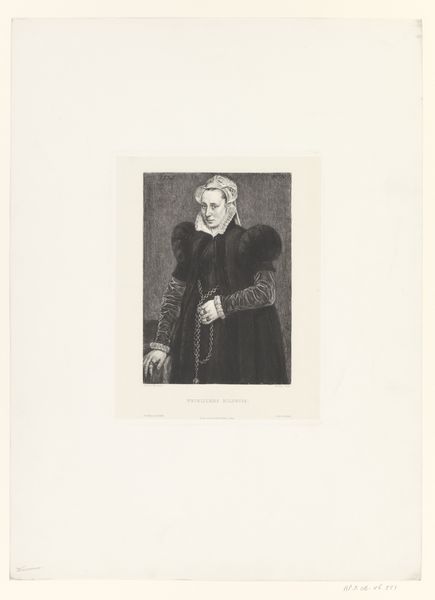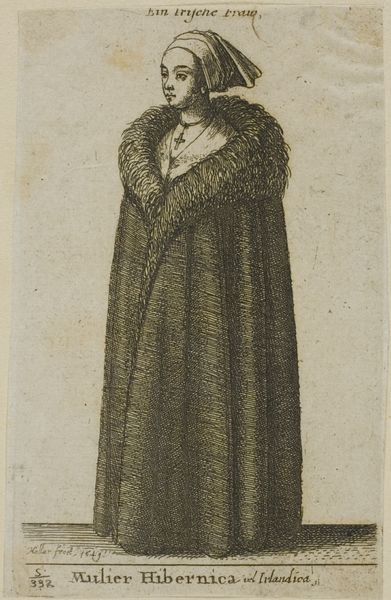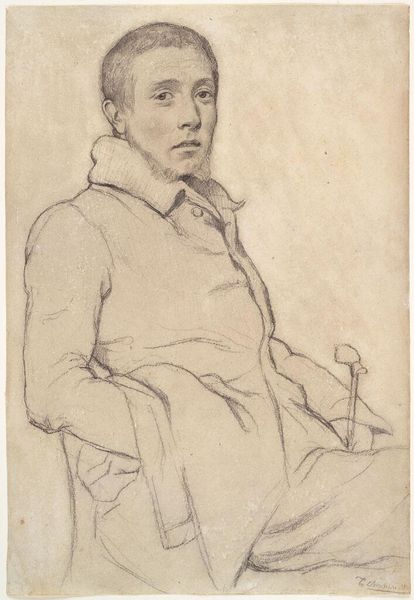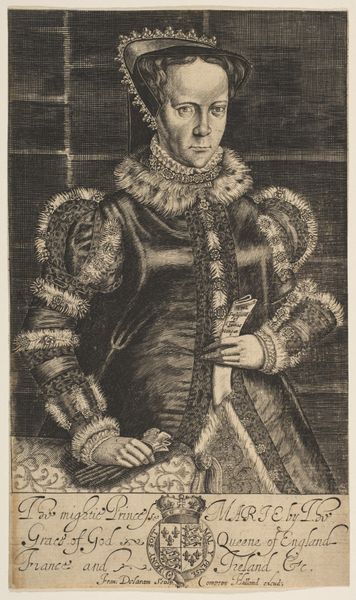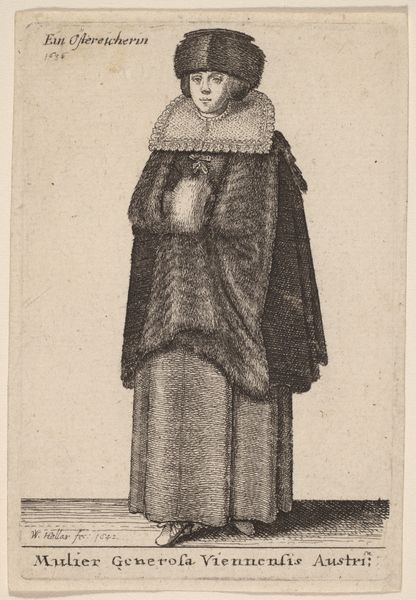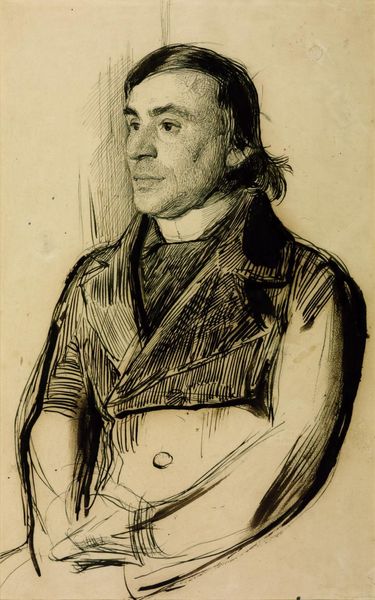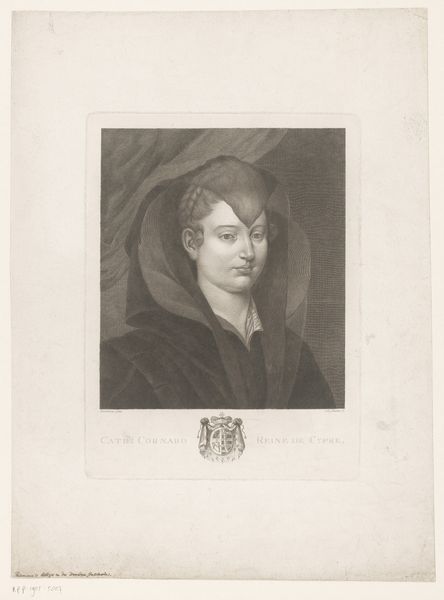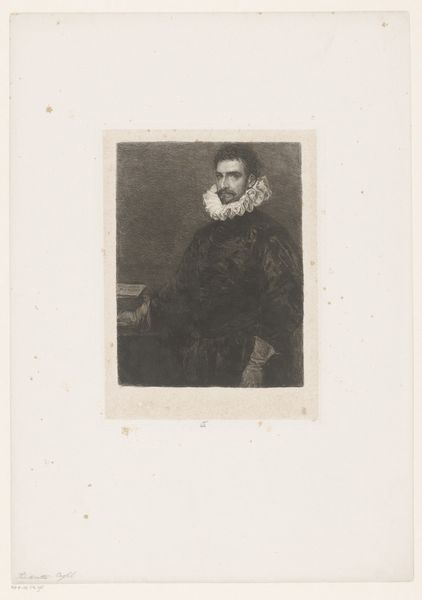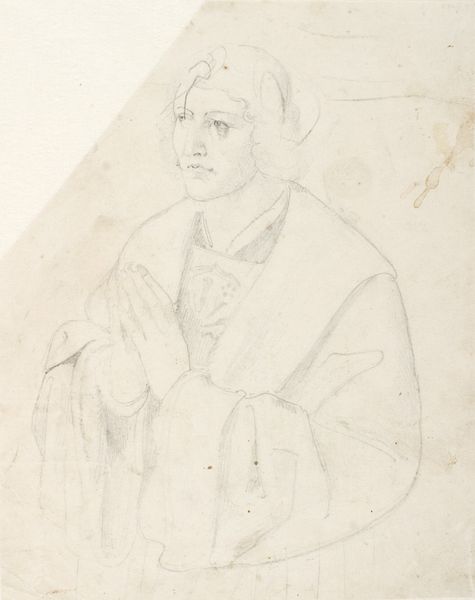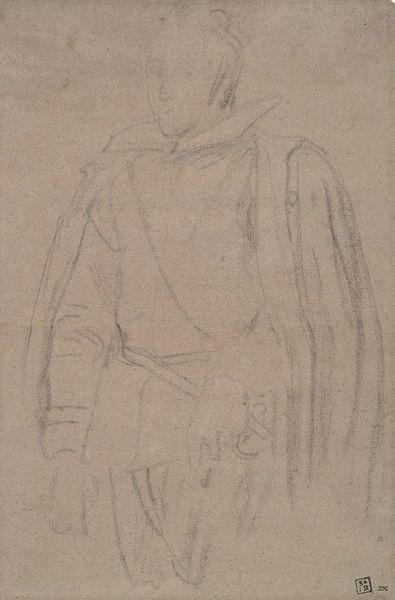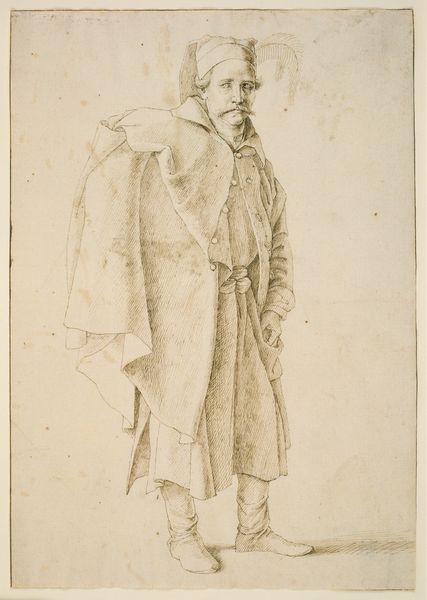
oil-paint
#
baroque
#
dutch-golden-age
#
oil-paint
#
realism
Dimensions: support height 122.1 cm, support width 89.6 cm, outer size depth 6.5 cm
Copyright: Rijks Museum: Open Domain
Curator: Immediately, I see a reserved kind of strength in this figure. His expression is almost impenetrable, and yet there's a palpable sense of self-assurance about him. Editor: This is a work known as "Portrait of Reijnier Ottsz Hinlopen (1608/09-1653)". While its creator remains anonymous, it was crafted with oil paints around 1631, and offers a compelling glimpse into the Dutch Golden Age. Curator: Golden, perhaps, but there’s something somber about the palette, wouldn't you agree? That black clothing practically swallows the light. It's striking how it emphasizes the plainness of his face, but also, the elegance of that perfect white ruff. Editor: Precisely. The contrast isn't accidental. It signals the subject's position in society – perhaps a burgomaster or a wealthy merchant. Consider the family crest displayed, it confirms his elite status within the context of 17th century Amsterdam. The darkness of his garb was likely quite fashionable among the upper classes. Curator: He definitely has that look of "I run this town," though not without a slight air of boredom. What intrigues me is how little the artist reveals about his inner life. There's no warmth, no visible passion…only composed power. It feels so very…Dutch, if I can be allowed a sweeping generalization. Editor: That's a very perceptive comment. This was an era of burgeoning trade and mercantile power in the Netherlands, and these portraits served as markers of social and economic capital. The artist isn't necessarily trying to capture emotional depth, so much as convey a sense of civic responsibility and prosperity. We see this in many Dutch Golden Age portraits. Curator: I keep returning to his gaze. It's so steady. As if daring you to question his authority or question his right to be there. It almost feels as though, even captured in oil paint, that stare holds an opinion on *me*. Editor: Art is rarely created, or appreciated, in a vacuum. Consider the circumstances under which it's created. Its meaning might not always be clear cut. Yet, I find it all fascinating. Curator: As do I. To see echoes of our human impulses played out over so much time. That's quite magical.
Comments
No comments
Be the first to comment and join the conversation on the ultimate creative platform.


